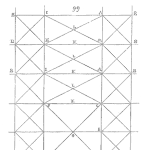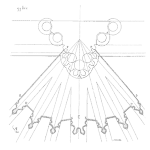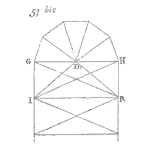
As we’re kicking off 2020, I’m looking forward so I can deliver great content to you. I have been sharing a lot of personal content lately about my journey and I hope that it’s fueled something inside you to change your life for the better.
I’ll keep it brief this week but I would appreciate it if you filled out the survey here. It’s 5 easy questions about what you desire from me in 2020 and should take you less than 5 minutes. Thank you in advance for answering and for following my content!
Reliability Never Sleeps,
Rob












 Ask a question or send along a comment.
Please login to view and use the contact form.
Ask a question or send along a comment.
Please login to view and use the contact form.